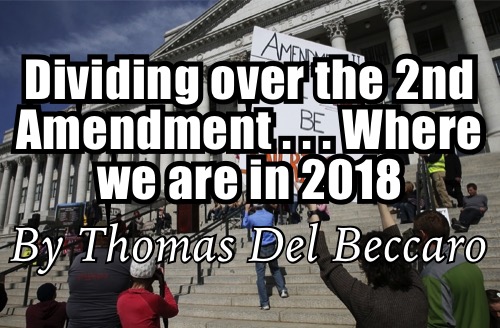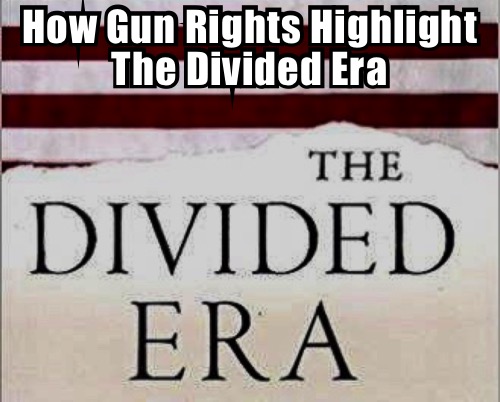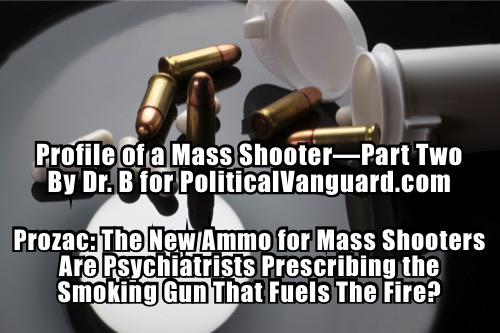Dividing over the 2nd Amendment . . . Where we are in 2018
Perhaps the story most covered by the major media in 2018 will be the Parkland High School shooting and the subsequent marches. In many ways, it is a perfect example of our divisions today.
Keep in mind, that our divisions over guns is a recent development in our history. While there was sporadic laws related to the ability to sell and buy guns (mostly related to felons and the outlawing of some guns such as sub-machine guns), like much of our divisions, the first major legislation on the issue did not come until the television age and the Gun Control Act of 1968. That began the dynamic of dividing over gun rights that we see today. Prior to that, the teaching of gun safety in public schools was prevalent. Indeed, in 1954, some 550 children under the age of 15 died in gun “accidents.” Our response was not to ban guns but to teach gun safety. Compare that to today.
Since 1968, the pace of gun control legislation picked up speed significantly and at times dramatically in response to events. The dynamic was highlighted by the assassination attempt of President Reagan by John Hinckley and resulted in an effort to require background checks and waiting periods prior to a purchase.
Politically, the fight over gun control highlights our Divided Era. Republicans tend to be against it and the Democrats for it. The Republicans cite our constitutional right to bear arms as part of the discussion and Democrats see it almost exclusively as an issue that can be solved by taking away certain guns. The parties are literally on two different plains when it comes to that issue- as they are taxes and foreign policy. As a result, they talk past each and our divide intensifies.
Facts, of course, are optional in politics. On this issue, it is important to note:
- That according to the Washington Post, “In 1993, there were seven homicides by firearm for every 100,000 Americans, according to a Pew Research Center analysis of data from the Centers for Disease Control and Prevention. By 2013, that figure had fallen by nearly half, to 3.6 — a total of 11,208 firearm homicides. The number of victims of crimes involving guns that did not result in death (such as robberies) declined even more precipitously, from 725 per 100,000 people in 1993 to 175 in 2013.”
- We had an “assault weapons ban” starting in the mid-1990s and the evidence did not demonstrate that the ban made a significant difference – notwithstanding the numbers above. Keep in mind, deaths from assault weapons have never represented more than 2% of gun violence deaths. The law was evaded as much as it addressed the issue.
Assault weapons deaths, however, are more dramatic than the thousands of inner city deaths that occur each year.
So where does all of this leave us in 2018?
Beyond our political divisions, some of it manufactured in Washington D.C. and in our media, the U.S. economy is doing quite well. Our foreign policy challenges, as they affect every day Americans, by historical standards are limited. In normal years, that would represent a challenge for the party out of power.
In 2018, however, the Left is far more organized than the Right and the Left uses issues to drive out voters to a much higher degree than the Right.
The marches you see are not “organized” by students and certainly the costs are not paid by them. No school in 1954 would have allowed the walkouts. The parents would not have tolerated them. Today, it is different.
We know that the Parkland shooting was a massive failure of gov’t at many levels. But in 2018, that is not the issue. The solutions offered by the Left will likely have little to no effect on gun violence.
Sadly, this is more about politics now and for the future of one of our political parties. This represents a registration drive for them now and in the future.
Hopefully, real policies such as school security will make a difference. In the Divided Era, however, politics often trumps what is good







